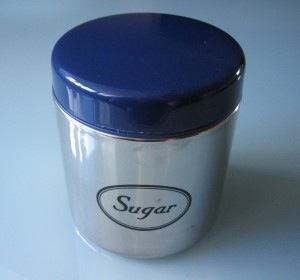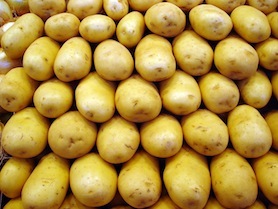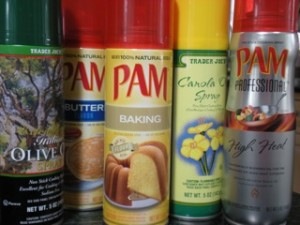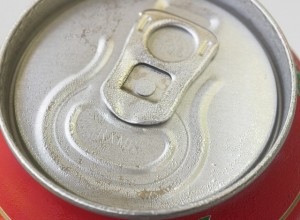 Sugar: Sweet and Sneaky
Sugar: Sweet and Sneaky
Sugar is very sneaky. It appears in all kinds of forms and masquerades under many different names. For example, have you ever read one of those jam labels that says, “All Fruit” or “Spreadable Fruit” on the front? Turn the jar over and read ingredients. Most likely you’ll find juice concentrates (often as the first ingredient) and maltodextrin — both forms of sugar.
Sugar Vocabulary
According to Environmental Nutrition foods with all of the following names are sugars (these are common sources, there are other sugars not listed):
Dextrose
Corn syrup
High fructose corn syrup
Maltodextrin
Fruit juice concentrates
Malt syrup
Molasses
Invert sugar
Honey
Sorghum
Agave
Maple syrup
Cane sugar



